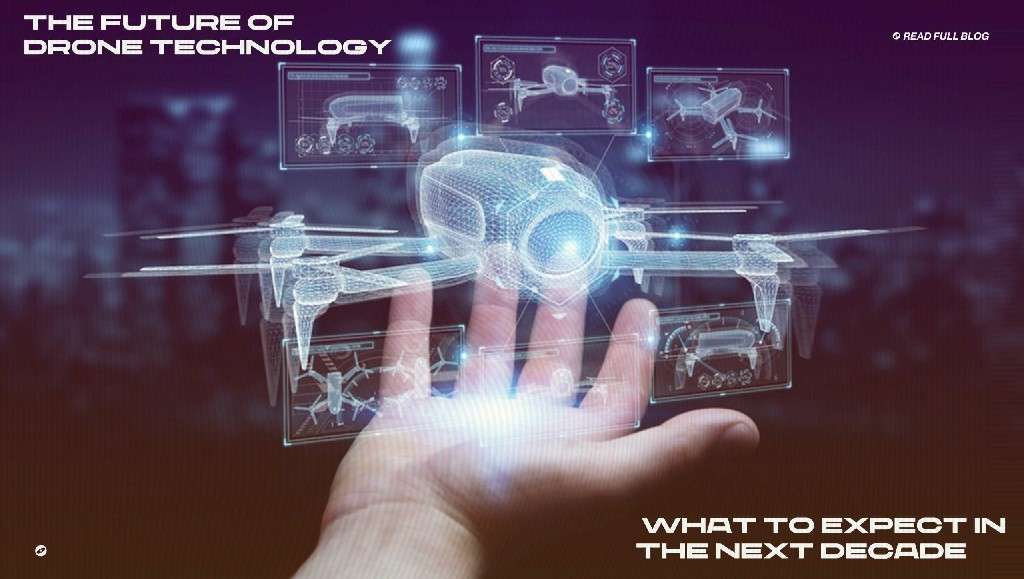
The Future of Drone Technology: What to Expect in the Next Decade
Drone technology has advanced rapidly over the past decade, evolving from niche gadgets into essential tools across various industries. Looking ahead, the next ten years promise even more exciting changes. Here’s a simple look at what’s coming in the world of drones, especially in agriculture.
Autonomous Flight and AI
Thanks to artificial intelligence, drones will soon become smarter. This means drones can fly independently, avoid obstacles, and navigate tricky environments without a human pilot. AI will help drones make real-time decisions, enhancing their safety and efficiency. In agriculture, this could revolutionize tasks like crop monitoring, precision planting, and automated spraying, making farming more efficient and less labor-intensive.
Better Battery Life
Swarm Technology
Improved Connectivity
Smaller drones with advanced sensors
Drones are getting smaller and more powerful. New sensor technology will enable these compact drones to carry high-resolution cameras, multispectral sensors, and other advanced equipment. For agriculture, drones can perform detailed crop analysis, monitor soil health, and even detect pests and diseases more accurately.
New Rules and Ethics
ntegration with Other Technologies
Drones will increasingly work with emerging technologies like the Internet of Things, augmented reality, and blockchain. For example, agriculture drones might use IoT devices to collect and share data seamlessly. AR could enhance the pilot’s experience with real-time visual aids for crop management, while blockchain technology might ensure the accuracy and security of agricultural data collected by drones.

